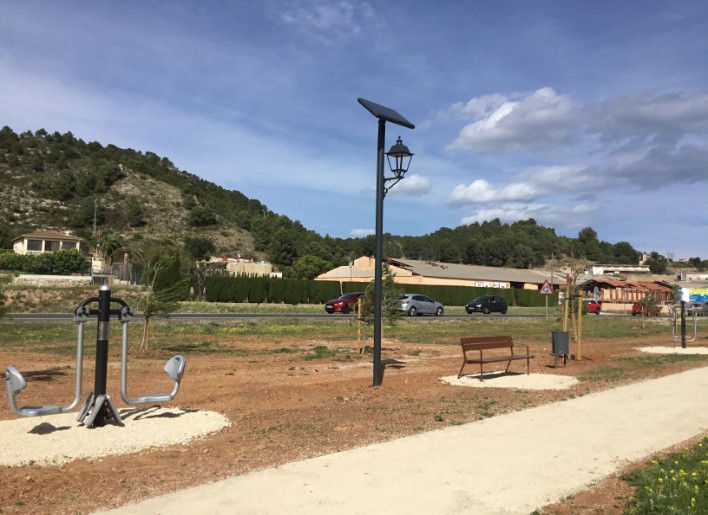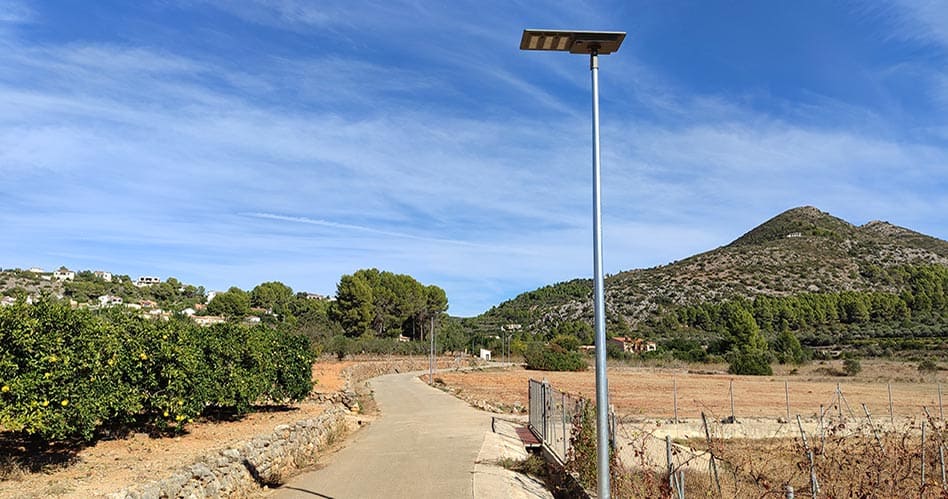


The adaptability of these streetlights is also essential for pedestrian areas. They can be strategically placed to provide effective lighting without compromising the aesthetics of the area. Some models are equipped with light and motion sensors, adjusting light intensity based on environmental conditions and the presence of pedestrians, improving efficiency and safety. In situations where continuity in lighting is critical, solar street lights demonstrate their resistance. Working independently, these lights guarantee constant illumination even in adverse circumstances, such as power outages, providing safety and visibility to those passing through pedestrian areas.

From an ambient perspective, solar lights for peaceful areas offer a sustainable and respectful solution with the ambient environment. The use of renewable solar energy contributes to the reduction of carbon emissions and the promotion of practices that are responsible for the urban environment. The low cost of operation is another key aspect for the illumination of pedestrian areas. After initial installation, solar lights provide free solar energy, reducing operating costs and contributing to energy efficiency. This is especially beneficial in areas with a constant flow of light, which requires illumination during most of the night.

The same regulations regarding roadway lighting efficiency, safety, and poles apply, in addition to the specific regulations for the specific components (solar panel, battery, etc.).
A solar streetlight has more components than a regular streetlight (solar panel, battery, controller, luminaire, etc.), making it more expensive. However, for a specific project, as it does not require wiring, trenches, electrical transformers, etc., it reduces the project cost and the necessary civil work.
COVIMED SOLAR has standard solar streetlights for a multitude of uses or projects, but as we are manufacturers, we also make streetlights based on the client's requirements (height, LED power, color temperature,…)
Yes, COVIMED solar streetlights have very low maintenance needs and do not require permanent tasks, aided by the monitoring system that most of the streetlights have.